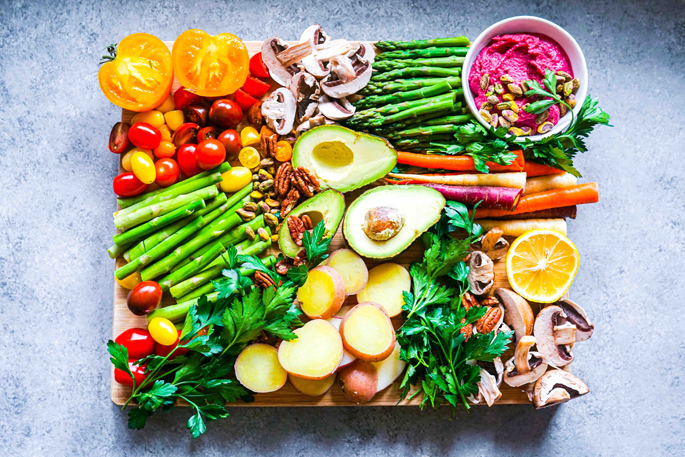Courgettes and cucumbers reached record-high prices in July 2020, rising more than 30 per cent in the month, as Queensland imports continued to be banned, Stats NZ says.
Fruit and vegetable prices were up 9.8 percent in July 2020.
Courgette prices rose 38 per cent to a weighted average price of $29.60 per kilo, up from a previous record high of $21.42 per kilo in June.
Some reports showed courgettes prices reaching up to $38.99 per kilo.
Imports of fresh courgettes, cucumbers, and other cucurbit from Queensland have been banned this year because of a plant virus.
"During the winter months, without the usual imports to fill the gap in local supply, we have seen a sharp rise in courgette prices," consumer prices manager Nicola Growden says.
"In July, courgettes cost almost as much as a kilo of either sirloin steak or fresh fish."
Courgette shortage sees record-high prices has more information on the current Queensland trade suspension.
"Prices for courgettes typically fall when the New Zealand growing season picks up in spring or it could change when imports from Queensland resume," Nicola says.
Cucumber prices rose almost 32 per cent in July to a record high of $18.63 per kilo. This is $6.54 more than this time last year, reflecting the impact of the ban on imports from Australia.
Overall food prices rose 1.2 percent in July 2020, mainly influenced by seasonally higher prices for tomatoes, lettuce, and broccoli.
"We tend to see many vegetables reaching peak prices around July during the middle of winter, as the local supply of many crops is limited," Nicola says.
This rise has been partly offset by grocery food prices falling 1.1 percent in July, mainly because of cheaper dairy products.
In July 2020, decreases in dairy food were led by:
- fresh milk, down 3.2 per cent
- cheese (gourmet types), down 6.5 per cent
- cheese (cheddar), down 3.4 per cent
- butter, down 2.8 per cent.
"Dairy prices are influenced by global prices, with the global dairy trade auction price for cheddar down over 21 percent between 21 April and 2 June," Nicola says.
Eating out has become more expensive as restaurant meals and ready-to-eat food increased 3.9 per cent for the year ended July 2020. Overall food prices increased 4.2 percent in the year.
"The increase in the minimum wage in April coincided with the increase in the cost of restaurant meals and ready-to-eat food," Nicola says.
The minimum wage rose from $17.70 to $18.90 (see Labour market statistics: June 2020 quarter).
"Some food sellers may have adjusted their prices when they reopened after the COVID-19 restrictions eased," Nicola says.



3 comments
Awesome
Posted on 18-08-2020 11:00 | By Yadick
Kiwis looking after Kiwis . . . (tongue in cheek)
Crazy statistics
Posted on 18-08-2020 12:02 | By mweidmann
This is ridiculous. Who eats courgette and cucumber in the middle of winter? So why do we let the price of them affect these stats so much? There are plenty of well priced seasonal vegetables around.
by the way
Posted on 18-08-2020 12:16 | By terry hall
do not buy at these prices, pak-save the crossing capsican @$3.99 each, worker feeling them and putting them into a green bin, asked him what was he going to do with them answer the soft one's are going out the back, what a waste why do they not bring down the price so more people will buy, there must have been at lease 30 being thrown out, it happens in all the supermarkets the bins out the back are full everyday,.
Leave a Comment
You must be logged in to make a comment.